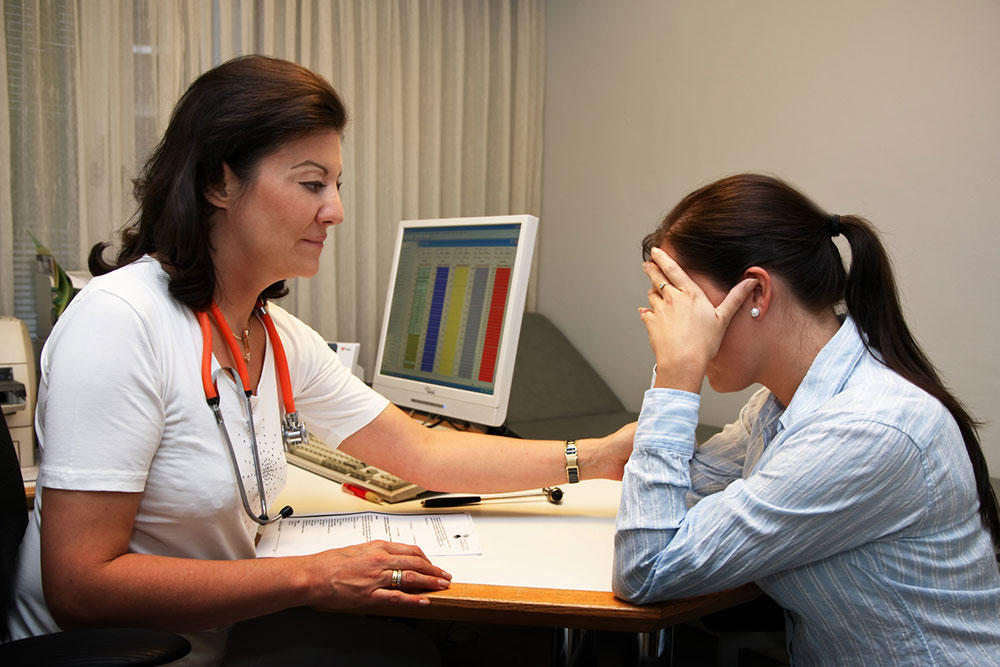Recognizing Key Symptoms of Essential Tremors
Essential tremors are neurological conditions causing involuntary rhythmic shaking, mainly affecting hands but potentially spreading to other body parts. They often start subtly, especially during delicate tasks, and can worsen with fatigue or stress. While the cause remains unknown, genetics and toxin exposure may contribute. Though incurable, symptoms can be managed through medication, lifestyle modifications, and therapy. Early recognition and professional treatment are crucial for maintaining quality of life. This article highlights symptoms, causes, and treatment options for essential tremors to increase awareness.

Recognizing Key Symptoms of Essential Tremors
Essential tremors are characterized by involuntary, rhythmic shaking movements that can affect various parts of the body. Most commonly, they impact the hands, arms, and fingers, but may also involve the face, neck, head, legs, and torso. Typically starting with hand movements during activities like eating or writing, these tremors can spread to other areas over time. While similar to Parkinson’s disease, they are distinct conditions but can increase the risk of developing Parkinson’s. Studies suggest a link between essential tremors and migraines as well.
The exact cause of essential tremors remains uncertain; however, factors like genetic mutations and exposure to toxins such as excess alcohol and contaminated meats are believed to play a role.
Early signs of essential tremors include shaky hands during routine tasks, like eating, writing, or handling objects. The tremors tend to become more noticeable when the person extends their hands, performs delicate tasks, or exerts physical effort. Factors such as fatigue, stress, or low blood sugar can intensify the symptoms. As the condition progresses, individuals may struggle with everyday activities like grooming, feeding, and maintaining balance, leading to increased risk of falls and injuries. Though incurable, essential tremors can be managed through lifestyle changes, medication, deep brain stimulation, and occupational therapy. It's essential to seek professional medical advice for tailored treatment plans.










